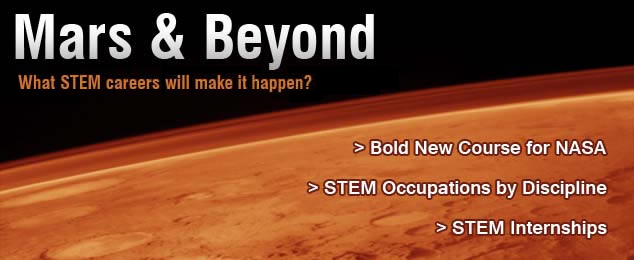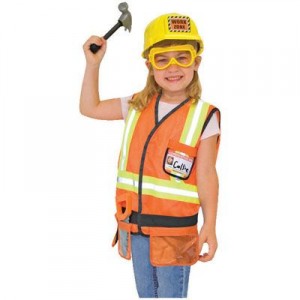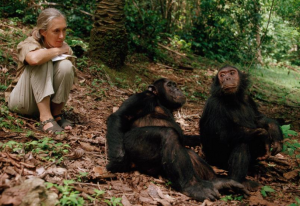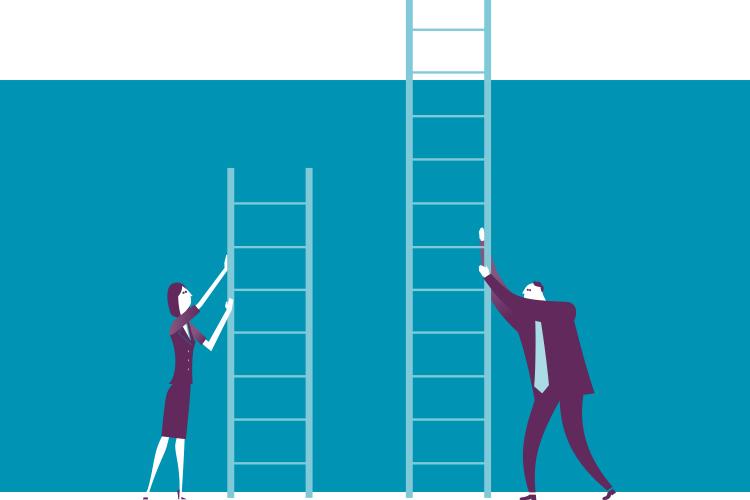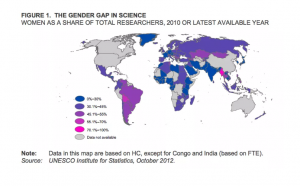
Although the gender gap in STEM careers exists around the globe, current research on global STEM involvement shows that the rates for women’s involvement in STEM vary from country to country. The explanation for this trend: “…success in math and the hard sciences is almost entirely dependent on culture – a culture that teaches girls math isn’t cool, and no one will date them if they excel in physics; a culture in which professors rarely encourage their female students to continue on for advanced degrees; a culture in which success in graduate school is a matter of isolation, competition and ridiculously long hours in the lab; a culture in which female scientists are hired less frequently than men, earn less money and are allotted fewer resources.” Read more about Eillen Pollack’s research here to learn about what is keeping women from engaging in STEM careers and what YOU can do about it.
